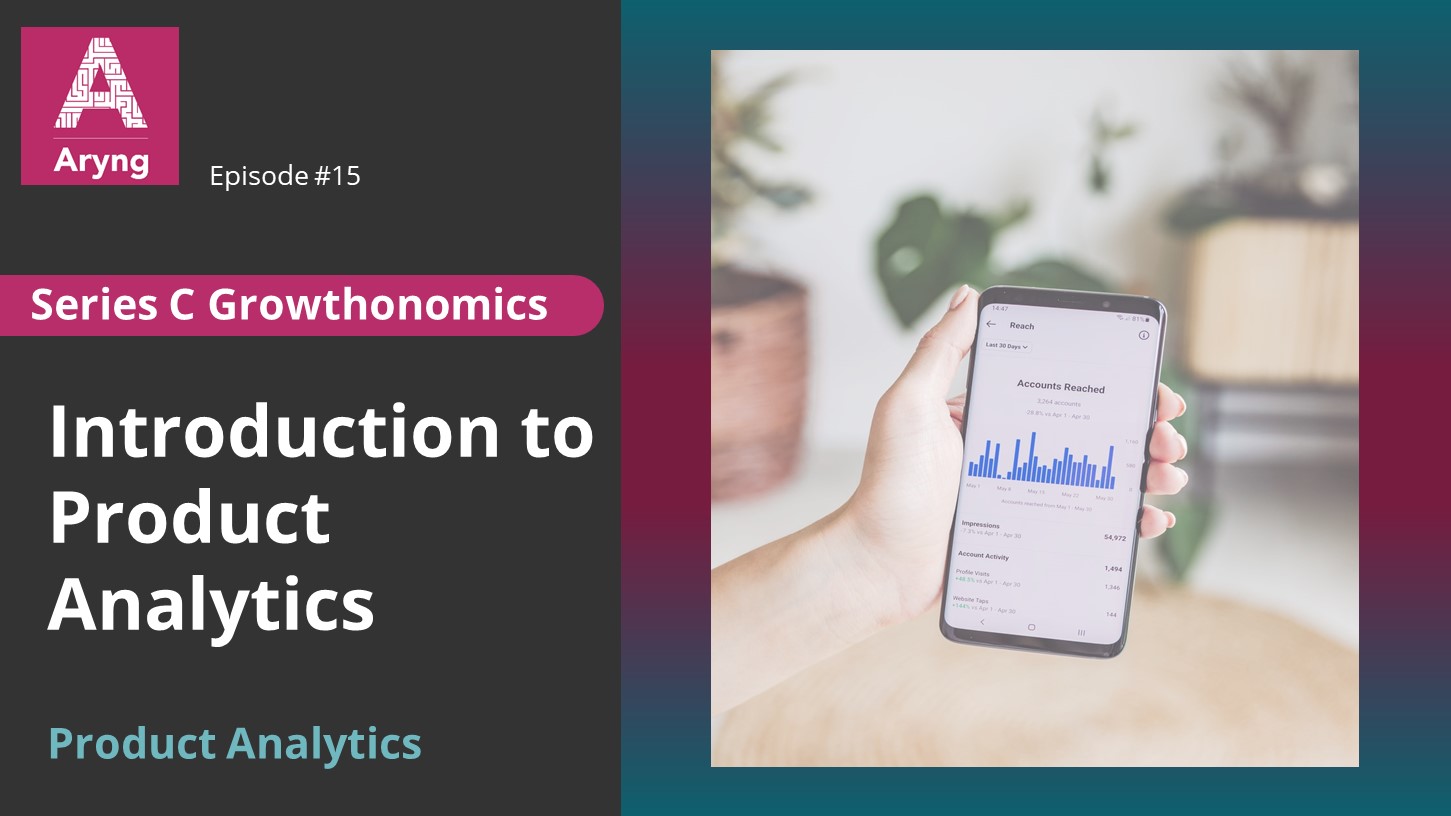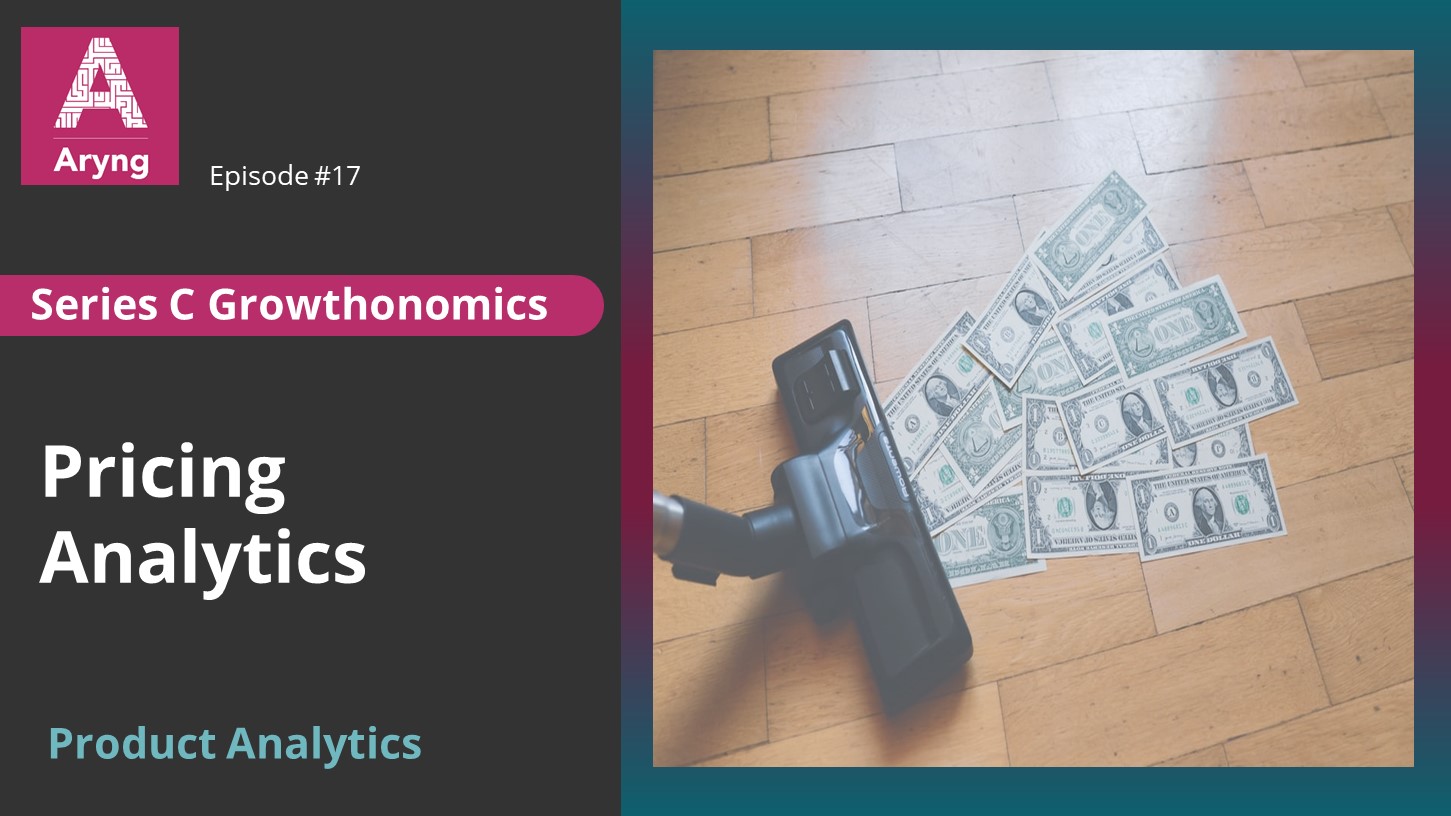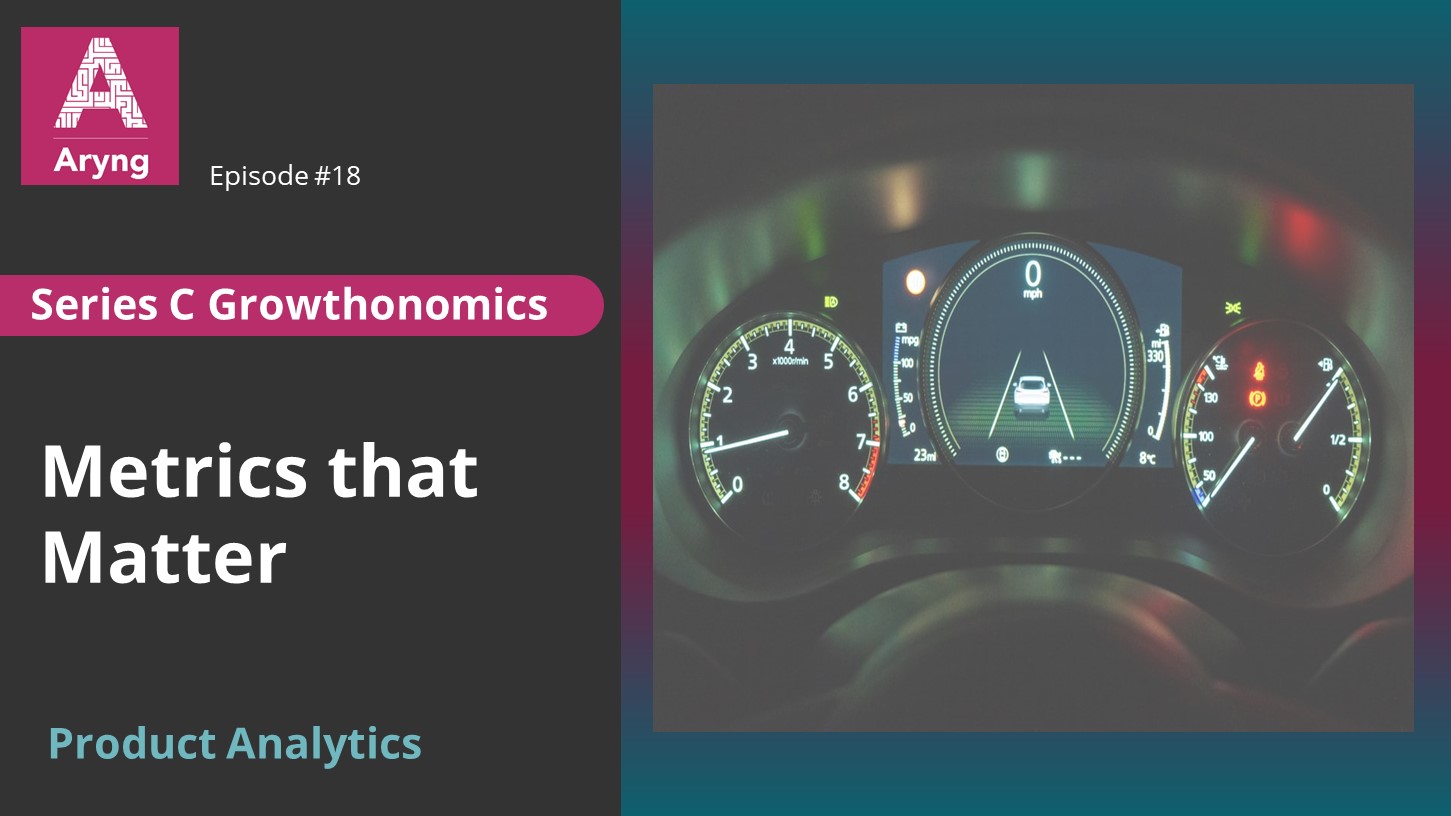E-commerce sites and online shopping have been growing steadily over the last two decades. The growth in numbers has led to a diverse development in the new online shopping experience, payment pathways, online merchants, and e-commerce sites. This has given rise to new choices for both merchants and consumers. Here, product recommendation can be quite useful in making the choices better.
Although various choices empower both customers and merchants, many options can often become confusing. It can also negatively affect the shopping experience. One of our clients faced this problem recently.
The client was an online payment company that enabled digital and mobile payments on behalf of consumers and merchants worldwide. It had multiple payment products to fit the merchants’ needs, i.e. its customer. The merchants who used more than one product had a broader and deeper product usage. Thus, they were more profitable than single product merchants. As a result, all the products were marketed to all the merchants, causing confusion and subsequent unsubscription.
Our client wanted to narrow down the list of available products and offer only merchants’ relevant choices. The head of development wanted to find the next best product (NBP) recommendation for each merchant optimized by adoption and profitability. Our job was to develop a model that could offer the next best products based on historical adoption by similar merchants and incremental profit.


Creating a solution using BADIR framework
All our projects use the 33-pt proprietary BADIR framework. It is a five-step recipe-based plan to help you follow a structured approach to find the solutions efficiently

The first step of BADIR is to form the Business Question. We consulted with the product team to try and understand their problem in detail. The Product Team wanted to increase engagement with the merchant base by helping the merchant choose the right product while keeping an eye on profits. So, we formed our business question to reflect this motive.
Analysis Plan is the next step in the process. It is always hypothesis-driven. In the analysis plan, we decide the kind of data we would like to collect, the time window, and the model that will be built. Once the plan is finalized, appropriate historical Data is extracted to train a machine learning model.
Deriving Insights with Machine learning models
This is one of the most exciting steps within the BADIR framework. In this step, we developed a machine-learning classification model to predict a merchant’s probability to adopt a particular payment product.
We built a machine learning model to identify the merchant segments with different adoption patterns. After this, we trained the model on the historical Data and then optimized it for expected incremental profit.
The machine learning model was, in fact, a decision tree. And for each of the base product, a separate decision tree was made.

A zoom-in into the merchant segment 39 shows optimization of Expected incremental profit calculated from the decision tree.

Recommendations
Our model provided NBP scores for each merchant. This score took into account the propensity to adopt a product and the expected incremental profit derived from the possible adoption.
Our recommendation was to use this score to intelligently design plans for outbound marketing, inbound customer service call, and web self-service. The scores could quickly provide a quantitative measure of sorting out products and priorities.
Results of Next Best Product Recommendation
The client accepted our recommendations and the results were quite positive! The model recommendation delivered 6X Conversion and 1.5X Volume. The converters do $500+ incremental volume.
Over time, we have observed the success of the BADIR framework in plenty of our projects. The strategic framework can successfully guide data science projects to give positive results for a company.







